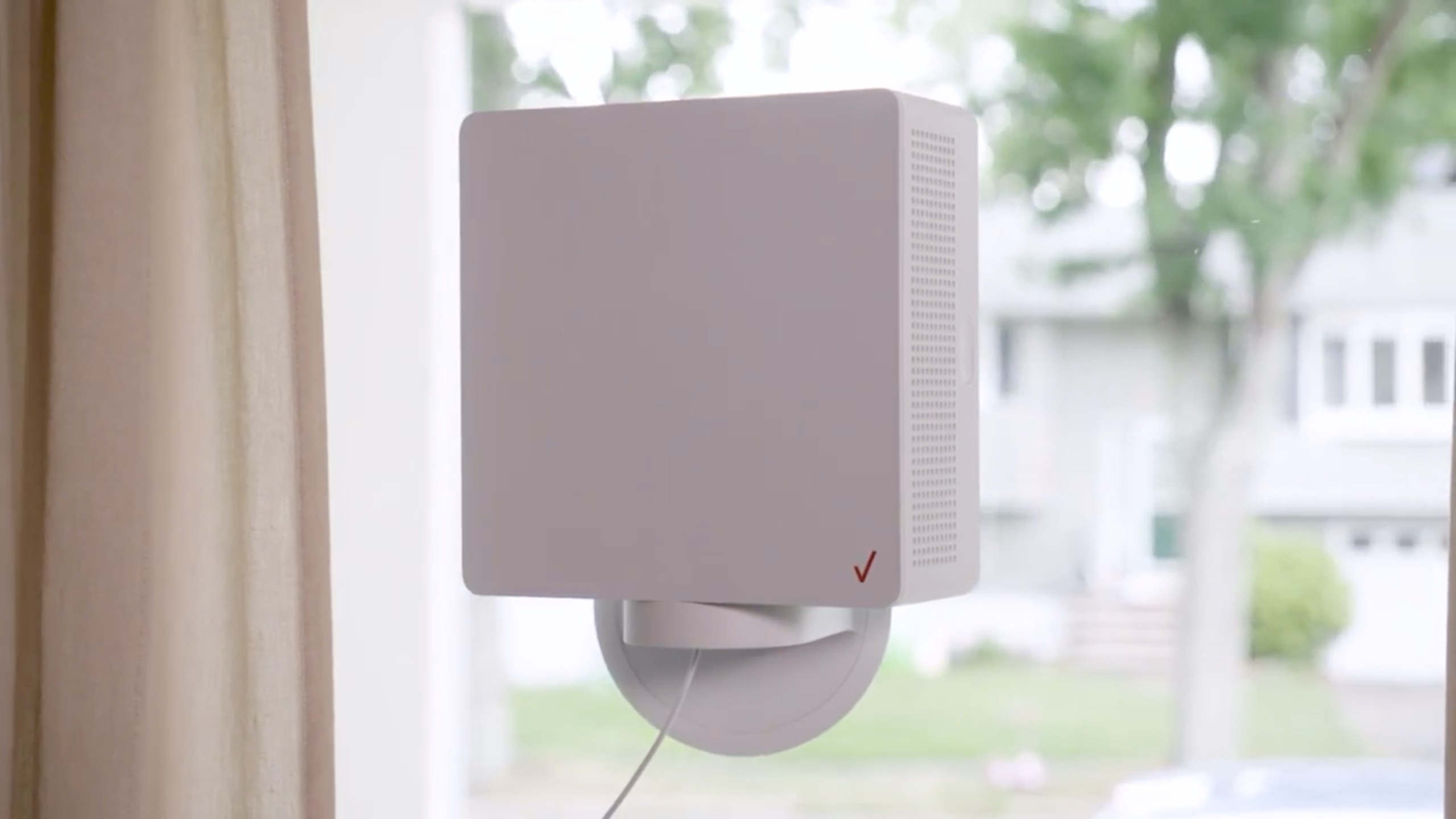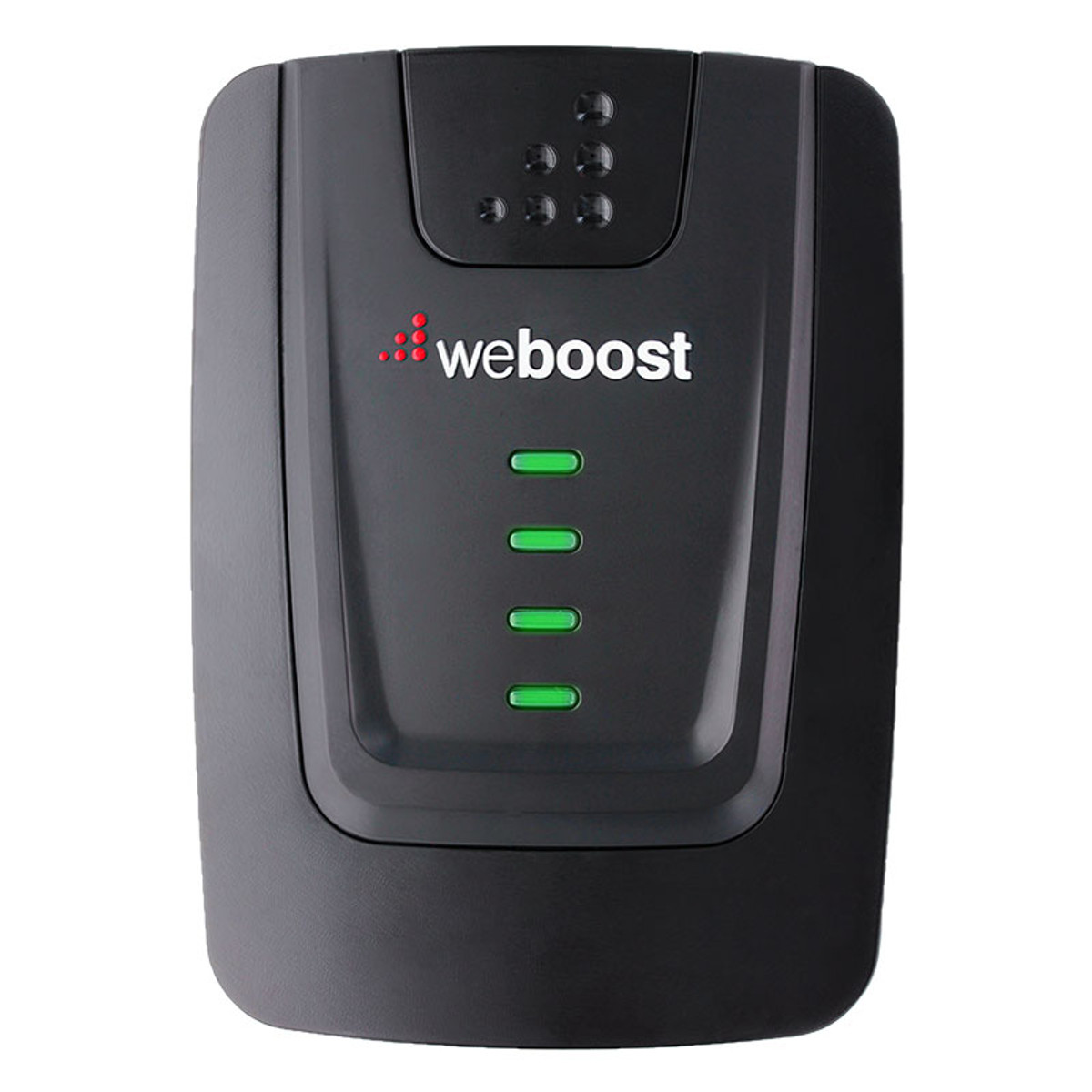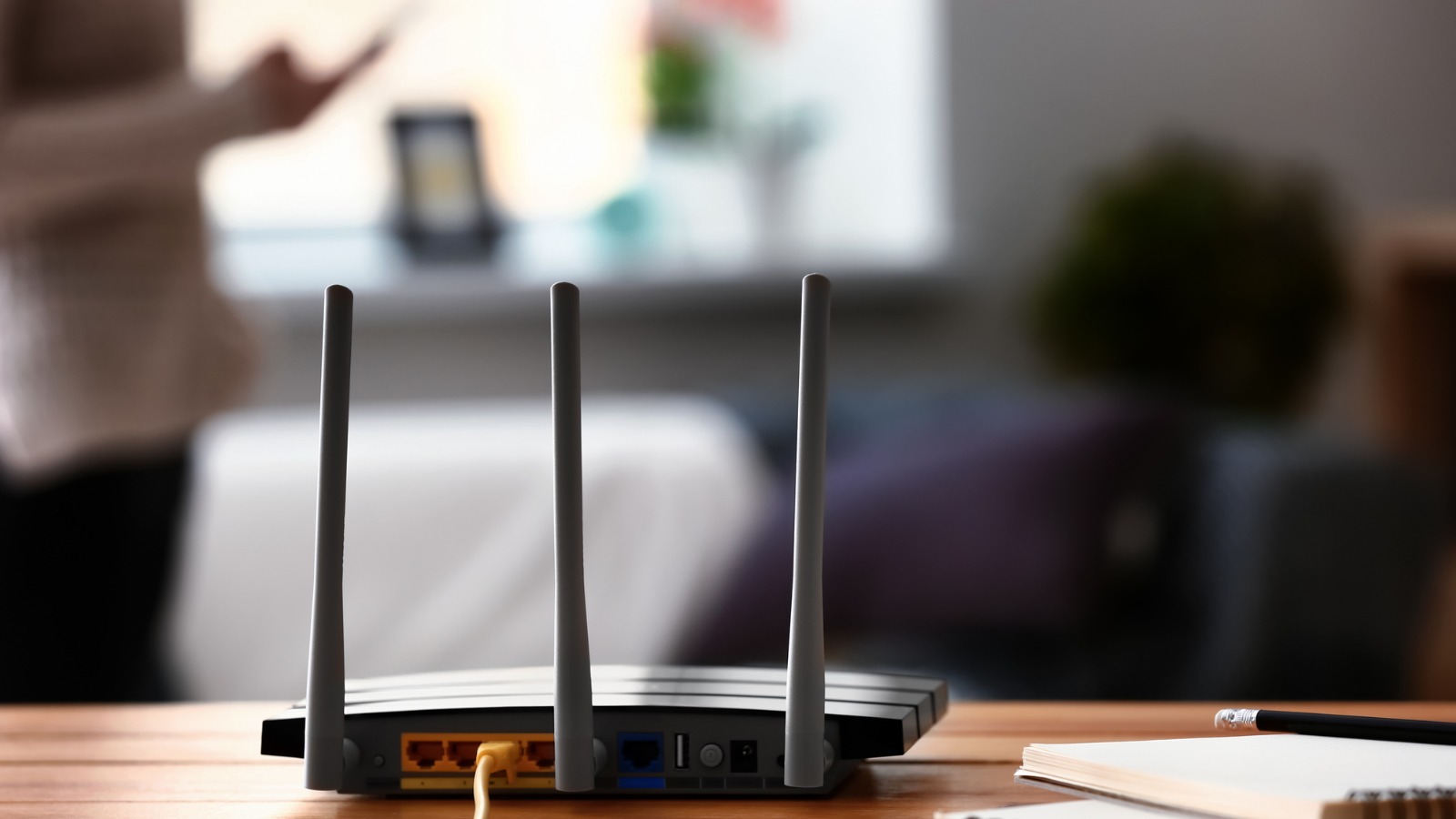


Or the signal dropping between networks whilst making a VoIP call.įinally, be aware that by throwing lots of boosting devices into the mix, you could actually be making things worse. Printing to a printer connected to another network for example. One of which often ends in an annoying “_EXT”. Your WiFi devices are then forced to switch between these different networks as you move around your office or home. As a result, some tasks become particularly frustrating. It’s not possible to create a ‘chain’ of wireless extenders from your router. This means that if your wireless router is located in a distant corner of your office or home, full WiFi coverage becomes impossible.Ī persistent niggle is that most wireless range extenders use a separate network from your router. The problem with this is that you then have two or more different WiFi networks. This effectively cuts your bandwidth in half.Īs if this wasn’t bad enough, as you connect more and more devices to the WiFi, the problem gets worse. Increasing the load on that single radio just serves to further degrade the wireless performance.Īnother disadvantage is that you can only use a single WiFi range extender in any given direction. If you’ve ever used a walkie talkie you’ll probably remember having to take it in turns to listen and speak. WiFi range extenders suffer a similar frustration. Data can only flow in or out via a single path. Many of the cheaper models of booster only include one radio to both receive and transmit information. The devices themselves can also be a problem. Interference can also be caused by other radio signals nearby, such as competing WiFi networks. This could be a result of the construction of your building, for example if it has thick walls or metal strengthening. There are many reasons, but the primary one is likely to be signal interference.

Why don’t extenders or boosters work for me?


 0 kommentar(er)
0 kommentar(er)
